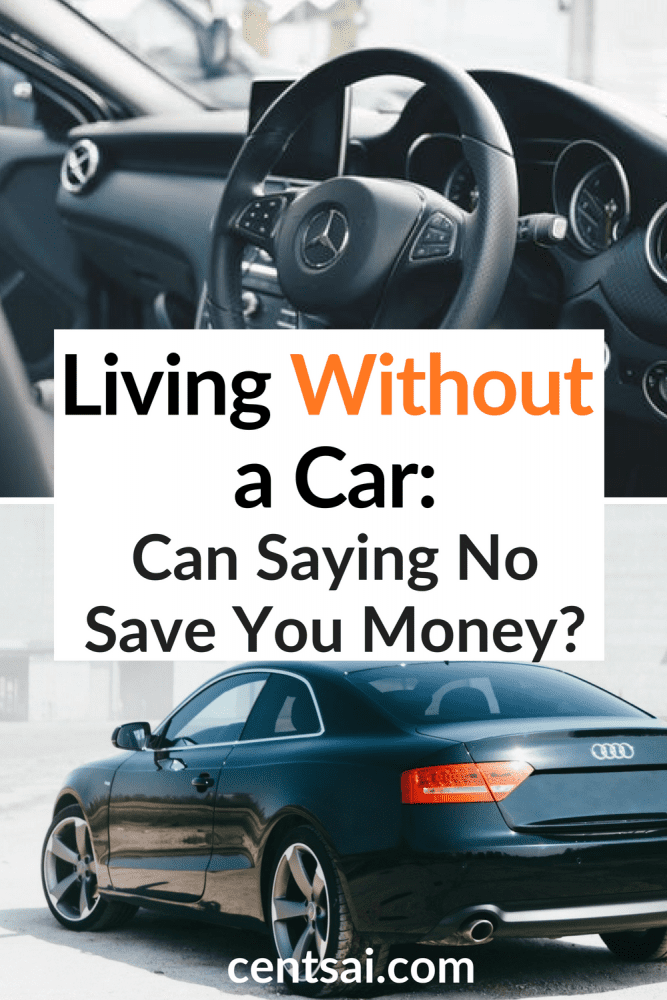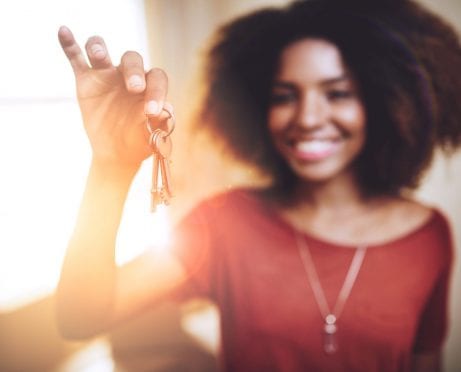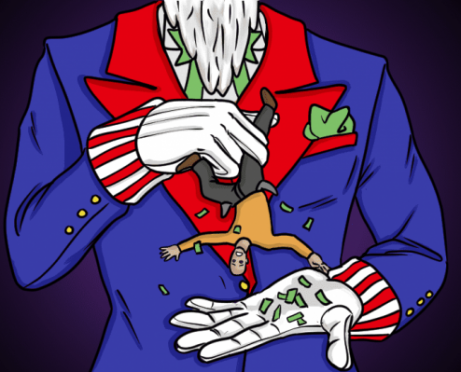
Liem Ericson
It was summertime in Austin, Texas, and the temperature outside had reached 103 degrees. I was in my car on the highway during rush hour, trying to get downtown to my side hustle. My car, a small sedan, suddenly shut down.
It was a nightmare. I had to miss my work shift. Some very kind men pushed my car to the emergency lane, where I waited (heat index: 104) for 40 minutes for a tow truck.
This wasn’t the first time my car had died on me. In fact, it was the third. I had to get towed off the highway three times this past summer. Each time, I had to shell out money for repairs.
Get the Best Price for Your Auto Loan Today — Check Your Rate >>
The Cost of Owning a Car
This year, between replacing parts and paying for parking, gas, and car insurance, I’ll spend $2,736 on owning a car. And I don’t even have to make car payments anymore!
I’ve come to see my car as my greatest money pit.
I spent $2,903 on food this year. I spent just $167 more to literally keep myself alive than I spent on getting around. As a low-income earner, only food and rent cost me more than my car does.
Is Living Without a Car the Way to Go?
Faced with these numbers, I did a little digging. Is it cheaper to not own a car at all? If I depended on public transportation and my bike, would I save money over the course of a year?
In my case, the answer was an unequivocal yes. I use my car between one and three days a week, all within Austin’s city limits. And I primarily use it to get to and from my side hustle, which sometimes runs late into the night (I cater).
See How Much You Could Save on Auto Insurance — Get a Free Quote >>
The most I drive is 15 miles round trip, with my usual route being 6.4 miles away to my catering company’s office. I live within biking distance of several coffee shops, a grocery store, a library, and countless restaurants.
Alternatives to Driving
I bought my bike for $60 on Craigslist. In the three years that I’ve owned it, I’ve spent $15 on it for one repair. I use my bike two or three times a week right now, mostly to go to coffee shops or the grocery store. I can walk, but a bike is much faster.
We don’t have Uber or Lyft in Austin, but until recently, we did have a ride-sharing app called Fasten. I used the app recently when I had to leave my car at a dealership overnight. I took an eight-mile ride for $16.
If we use that one ride as an example to gauge the price of ride-sharing in Austin, I spent $2 a mile each time I used Fasten. Assuming I work two catering events a week, I would need to replace 104 rides a year.
See How Much You Could Save on Motorcycle Insurance — Get a Free Quote >>
How Much I’d Save by Living Without a Car
I wouldn’t simply replace my car with ride-sharing apps. Rather, I would alternate it with taking my bike, which would mean no parking issues.
I recently biked to my catering office for a meeting. It was 100-percent free, and it took me 20 minutes each way.
If I biked to catering for half of the events and used Fasten the other half, I’d spend $51.20 a month on rides. That’s $614.40 a year.
 Like I said, I primarily use my car for my side hustle, but I do occasionally use it to meet someone for coffee, go to a movie, or run errands. So let’s double the $614.40, which brings me to $1,228.80 a year in Fasten rides. That’s still $1,507.20 less a year than the cost of owning a car.
Like I said, I primarily use my car for my side hustle, but I do occasionally use it to meet someone for coffee, go to a movie, or run errands. So let’s double the $614.40, which brings me to $1,228.80 a year in Fasten rides. That’s still $1,507.20 less a year than the cost of owning a car.
Of course, ride-sharing isn’t the only transportation option I have. I could take the bus, which costs $2.50 round-trip to get from my house to my catering company’s office. If I took the bus once a week instead of biking, it would cost me $10 a month.
This App Makes Managing Your Finances Easy — Start Budgeting Today >>
Cars are by far the most expensive option out there. Even someone as dutifully frugal as I am can’t escape the cost associated with owning one. By exploring alternatives to driving your own car, you can do yourself a big financial favor.
And if you really need a car for a day, you can rent one with a program like Zipcar. The program allows hourly or daily rentals, and for those “have to have a car” moments, they work in most major cities.






![[VIDEO] 4 Ways to Budget for Car Repairs](https://centsai.com/wp-content/uploads/2020/12/how-much-to-budget-for-car-maintenance-461x372.jpg)



